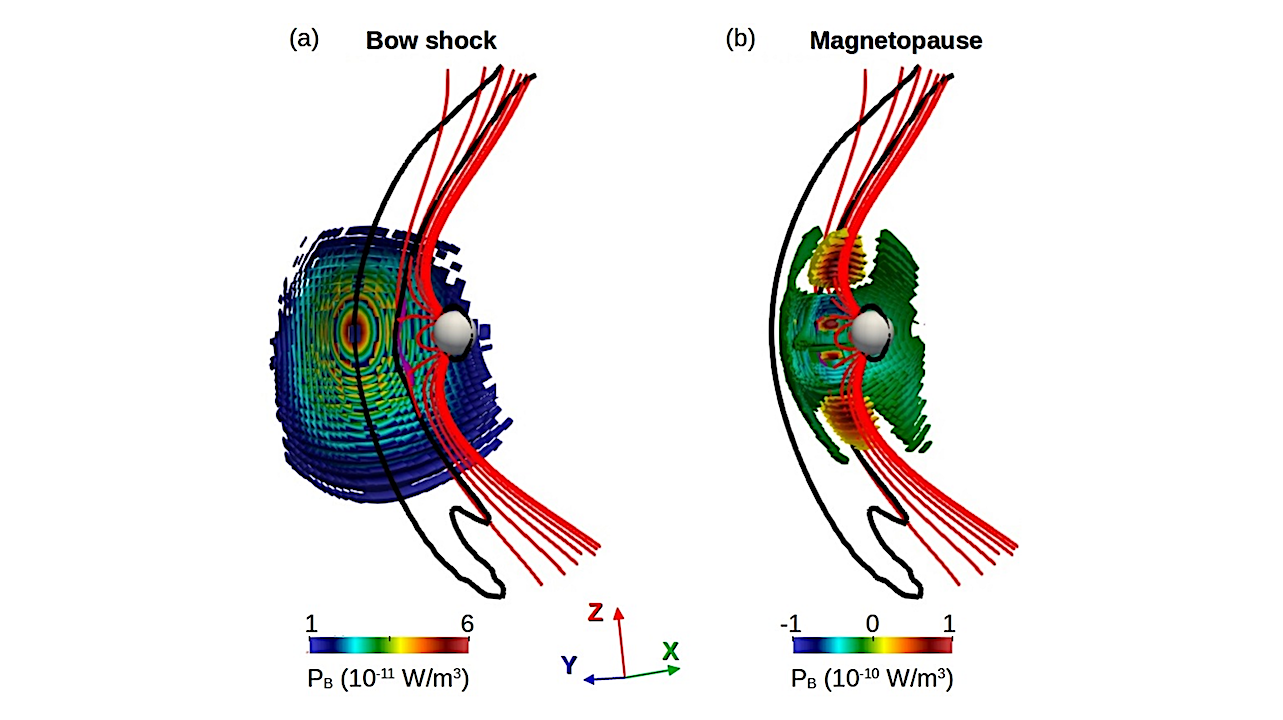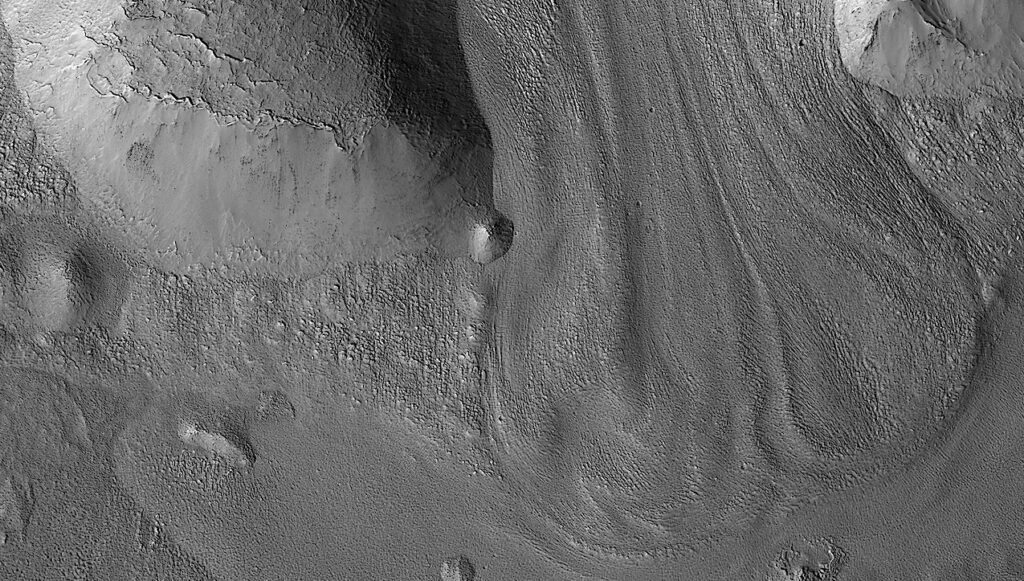MHD Study Of Extreme Space Weather Conditions For Exoplanets With Earth-like Magnetospheres: On Habitability Conditions And Radio-emission

The present study aims at characterizing the habitability conditions of exoplanets with an Earth-like magnetosphere inside the habitable zone of M stars and F stars like tau Boo, caused by the direct deposition of the stellar wind on the exoplanet surface if the magnetosphere shielding is inefficient.
In addition, the radio emission generated by exoplanets with a Earth-like magnetosphere is calculated for different space weather conditions. The study is based on a set of MHD simulations performed by the code PLUTO reproducing the space weather conditions expected for exoplanets orbiting the habitable zone of M stars and F stars type tau Boo.
Exoplanets hosted by M stars at 0.2 au are protected from the stellar wind during regular and CME-like space weather conditions if the star rotation period is slower than 3 days, that is to say, faster rotators generate stellar winds and interplanetary magnetic fields large enough to endanger the exoplanet habitability. Exoplanets hosted by a F stars type tau Boo at >= 2.5 au are protected during regular space weather conditions, but a stronger magnetic field compared to the Earth is mandatory if the exoplanet is close to the inner edge of the star habitable zone (2.5 au) to shield the exoplanet surface during CME-like space weather conditions.
The range of radio emission values calculated in the simulations are consistent with the scaling proposed by [Zarka 2018] during regular and common CME-like space weather conditions. If the radio telescopes measure a relative low radio emission signal with small variability from an exoplanet, that may indicate favorable exoplanet habitability conditions with respect to the space weather states considered and the intrinsic magnetic field of the exoplanet.
J. Varela, A. S. Brun, P. Zarka, A. Strugarek, F. Pantellini, V. Reville
Subjects: Earth and Planetary Astrophysics (astro-ph.EP); Space Physics (physics.space-ph)
Cite as: arXiv:2304.08771 [astro-ph.EP] (or arXiv:2304.08771v1 [astro-ph.EP] for this version)
https://doi.org/10.48550/arXiv.2304.08771
Focus to learn more
Journal reference: Space Weather, 20, e2022SW003164 (2022)
Related DOI:
https://doi.org/10.1029/2022SW003164
Focus to learn more
Submission history
From: Jacobo Varela
[v1] Tue, 18 Apr 2023 06:59:03 UTC (1,784 KB)
https://arxiv.org/abs/2304.08771
Astrobiology,








